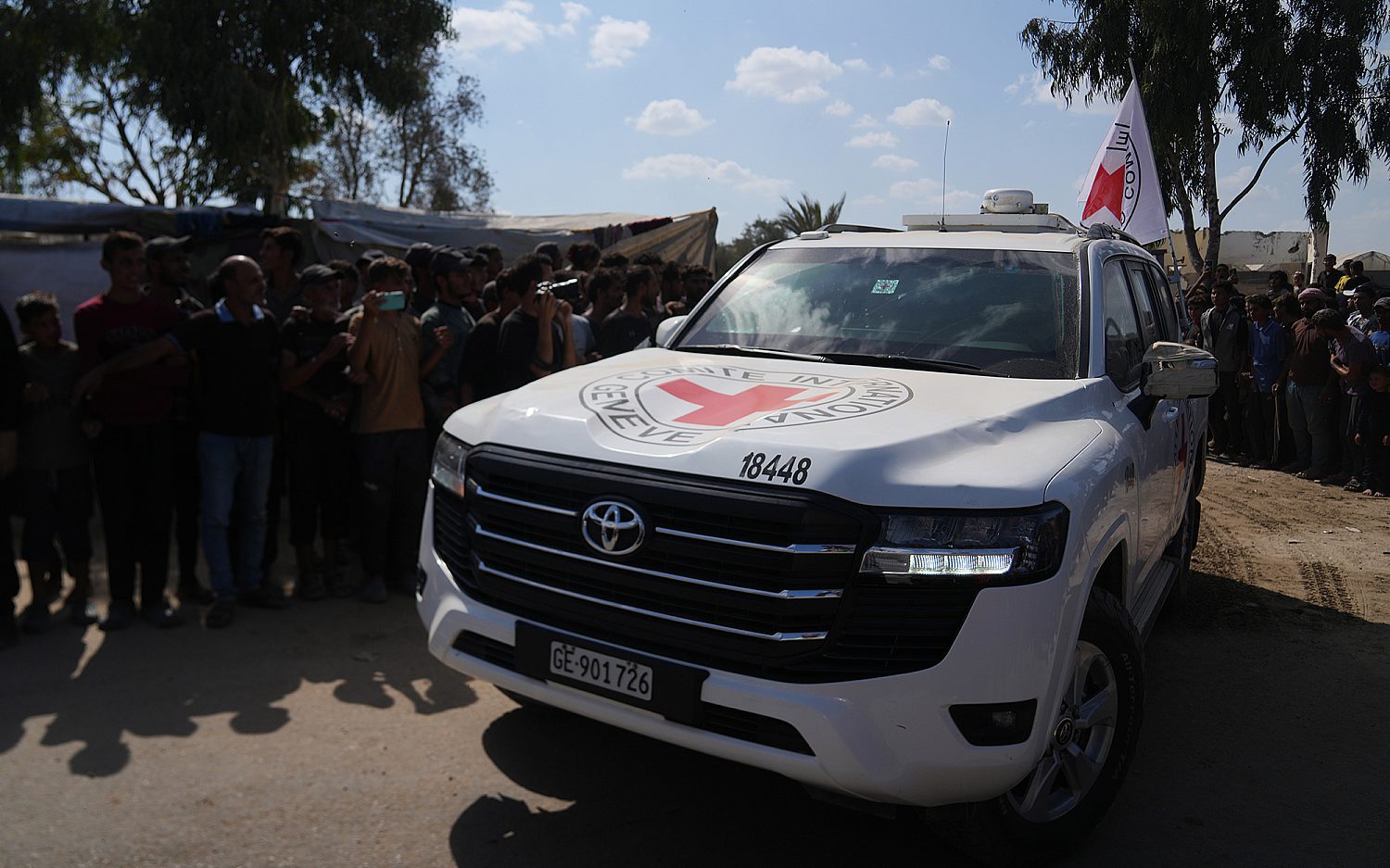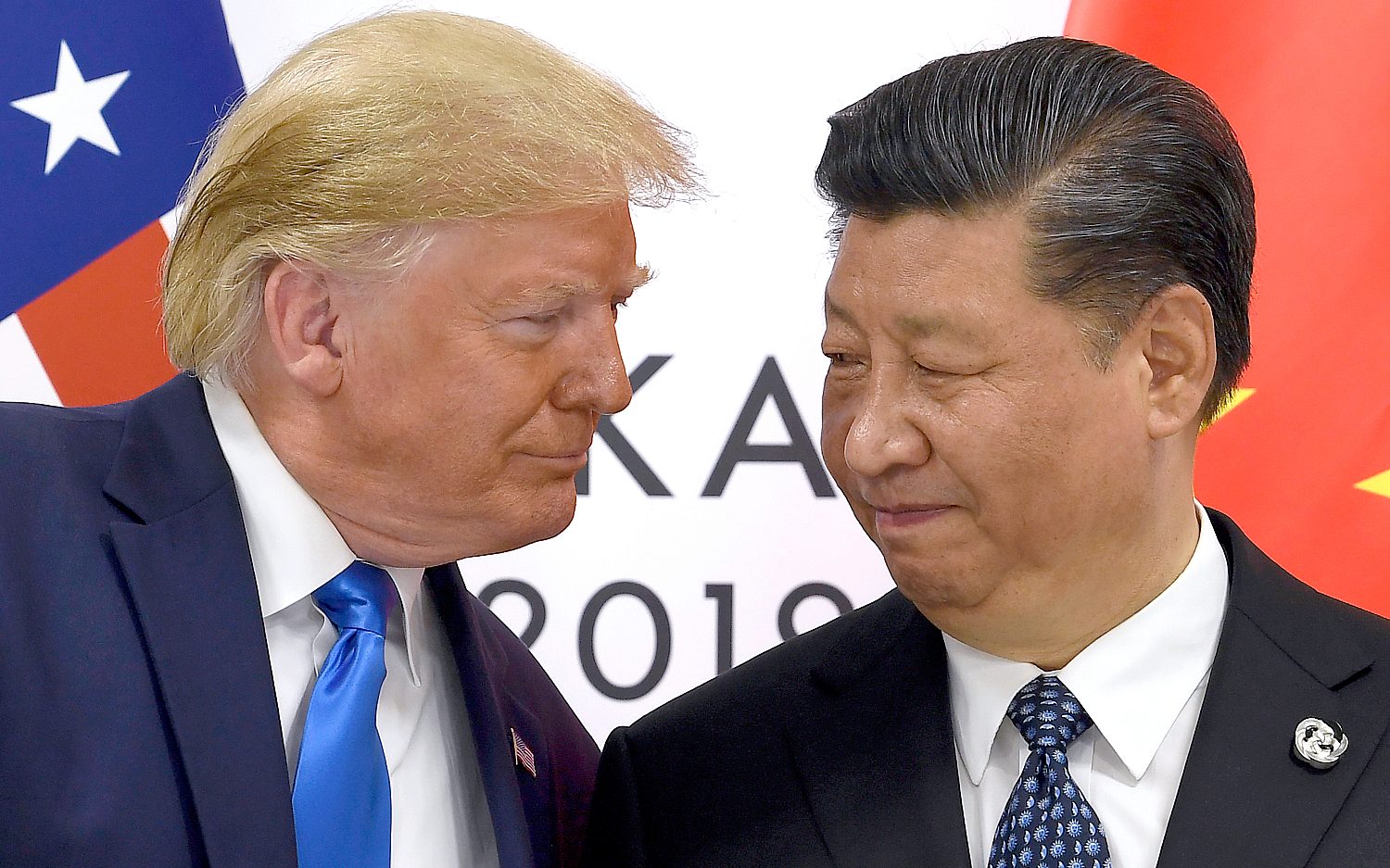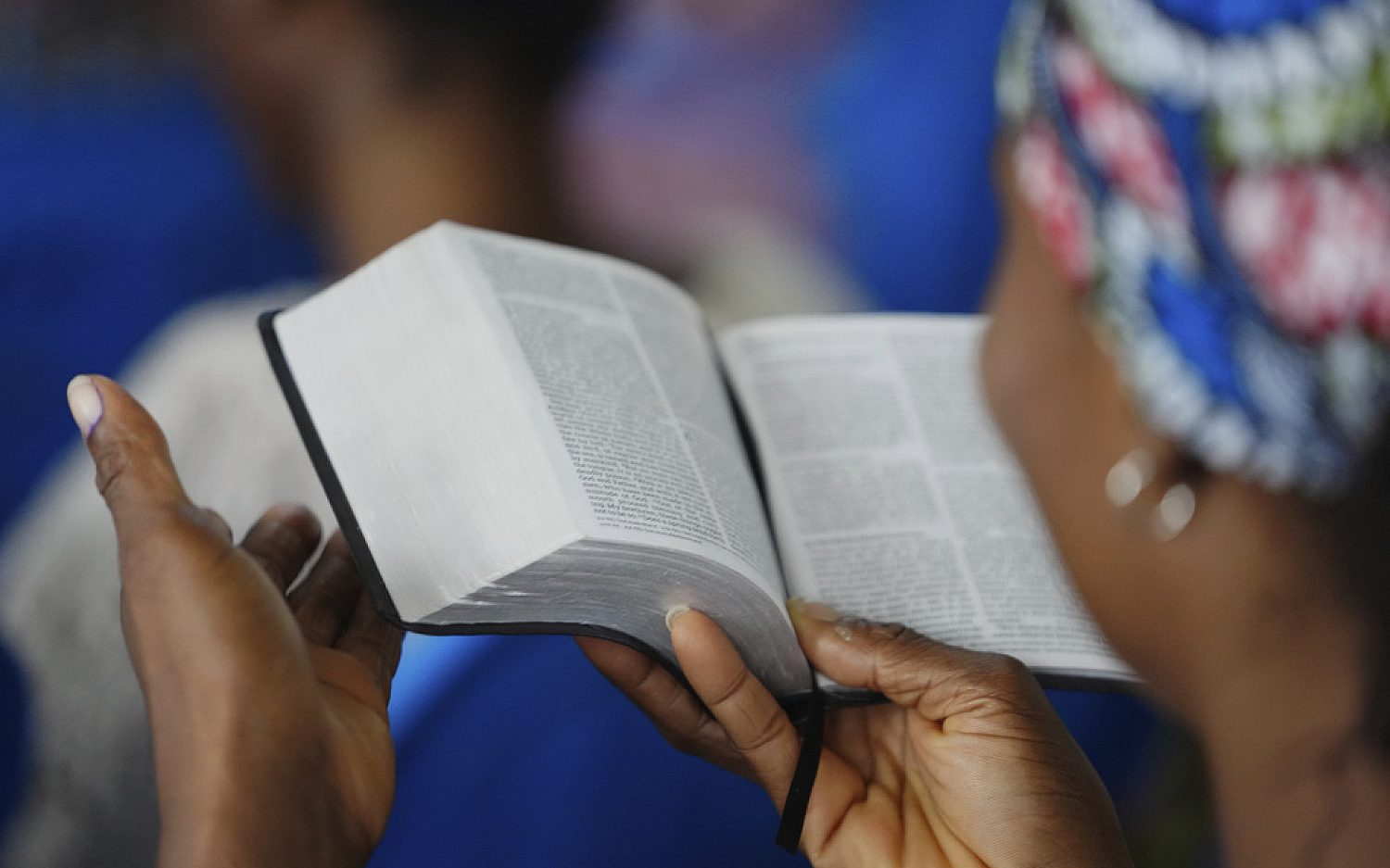The Islamic response to San Bernardino
Southern California Muslims wonder how extremism crept into their community
LOS ANGELES—The couple who stockpiled enough ammunition and bombs to annihilate a stadium full of people but ended up killing 14 and injuring 21 friends and colleagues at a California social services center gave no indication of extremism, said friends and family of Syed Rizwan Farook and Tashfeen Malik.
That such a seemingly “peaceful” married couple with a 6-month-old daughter would conduct the nation’s deadliest mass homicide since the Newtown, Conn., shooting three years ago has investigators and the local Muslim community scratching their heads. Mustafa Kuko, director of the Islamic Center of Riverside, told NBC News he had no idea Farook had been harboring such violent thoughts—even though Farook sought regular spiritual advice from him.
“I don’t know what has gone through his mind,” Kuko said. “This is beyond me. I could not understand it—and to take your wife and leave your [child]? It’s awful.”
Many wonder if Malik had radicalized her American husband.
By now it’s certain the two were motivated by extremist Islam. The FBI announced an official investigation into the mass-shooting incident as an act of terrorism, and earlier today, David Bowdich, the FBI’s assistant director in charge of the Los Angeles Field Office, announced that the shooters had participated in target practice at shooting ranges in the Los Angeles area, including one instance just days before the attack. Bowdich said he now believes the couple had been radicalized “for quite some time.”
Born in Illinois to a “religious but modern” family and raised in Riverside, Calif., Farook was a “normal person” who observed his faith “just like any other Muslim,” according to his brother-in-law Farhan Khan.
Farook’s parents wore traditional Pakistani attire and his mother kept her head covered, but he and his three siblings grew up wearing jeans and T-shirts. According to friends and neighbors, Farook played basketball in his front yard with his younger sister and friends, smiled genially at neighbors, and spent many hours tinkering with modern and vintage cars. As a kid he did not talk about his religion or pray openly in school. In his early 20s, he signed up on dating sites and introduced himself as someone who enjoyed reading religious books, dining out, and hanging out in his backyard.
As a young man, Farook regularly attended local mosques—the Islamic Center of Riverside, where he married Malik and worshipped twice a day, and later the Dar-Al-Uloom Al-Islamia mosque in San Bernardino. He grew a full beard and sometimes wore long robes to prayers. The overall consensus among fellow worshippers was that this mild-mannered, soft-spoken, slightly reserved man seemed “peaceful.” He met his future Pakistani wife online and a year later they celebrated their first child by registering at Target for a new car seat, diapers, and safety swabs. In other words, Farook exemplified the average suburban, successful, college-educated, second-generation American.
Personal information on Farook’s 29-year-old immigrant wife is more elusive, but Malik‘s former university schoolmates and teachers in Pakistan remember her as a polite, intelligent, and diligent pharmacy student who excelled in her studies. Male students and teachers never glimpsed her face because she always kept it carefully hidden under a niqab and shunned relationships with men. Born in Pakistan but raised mostly in Saudi Arabia, Malik was considered conservative even to Muslims in her mother country. Even so, she somehow escaped the notice of intelligence and school authorities who watched students for possible extremism.
Neither did Malik raise suspicions during her visa process to gain entry into the United States. She passed two rounds of criminal and national security background checks and obtained her K-1 visa—also known as a “fiancé(e) visa”—and resident green card without complications. The screening included fingerprints and an in-person interview with a consular officer in Pakistan, and she went through a similar process for her green card.
Malik is described by Farook’s friends as a typical suburban housewife with traditional values: She kept her distance from male guests and always wore a niqab when she ventured out, but reportedly didn’t give off any signs of extremist ideologies. But the day she loaded up assault rifles to perpetrate the first ISIS-inspired attack on U.S. soil, Malik pledged allegiance to ISIS on Facebook moments before the shooting began. ISIS identified the couple as “supporters” of the group in an online radio broadcast on Saturday, but stopped short of claiming a direct role in their plans.
Meanwhile, at the Islamic Center of Riverside, Hussam Ayloush, the LA director for the Council on American-Islamic Relations (CAIR), said “no one should have to apologize,” because the California shooters were not Muslims but “criminals.” He then warned congregants to be “vigilant” for anti-Muslim persecutions and condemned ISIS: “There hasn’t been a group that’s caused more damage to Islam.” But he also echoed a question that many are asking: “What makes a person turn into a monster like that?”
Last night, President Barack Obama made a rare Oval Office address (see video below) to the nation and said Farook and Malik had “gone down the dark path of radicalization.” He then outlined what his administration is already doing in counterterrorism efforts: airstrikes in Iraq and Syria, training and equipping on-the-ground Iraqi and Syrian forces, international collaboration with Europe and Muslim-majority countries, stricter gun control, and stronger screening. But he also warned the nation not to define the fight against terrorism as “a war between America and Islam,” and called on Americans to look to local Muslim communities as “some of our strongest allies.”
Sen. Ben Sasse, R-Neb., released a video response (see below) to the president’s speech Sunday night. “President Obama said tonight he’s worried about a backlash against American Muslims,” Sasse said. “I am too. And you know what the best way to combat that is? With the truth by being clear about who we are and what we stand for and by being clear about those who would try to kill us because we believe in freedom.”
Sasse said the United States was not at war with terrorism, which he called “a tactic.” Instead, he said, “We are most certainly, though, at war with militant Islam. We are at war with the violent Islam. We are at war with jihadi Islam. We are not at war with all Muslims. … But we are at war with those who believe that they will kill in the name of religion.”
Despite the president’s words of support, the American Muslim community, which had only just expressed public condolences for the Paris attacks, is bracing for another round of public and official scrutiny. Two weeks before the San Bernardino attack, CAIR released a report documenting a rise in anti-Muslim discrimination and mosque vandalism after the Paris terror attacks. So tense and prepared is the Muslim community that CAIR called a press conference mere hours after suspects in the San Bernardino shootings were named—even while investigators were still skittish about making any kind of Muslim reference.
The 9/11 tragedy spurred American Muslims to both defend and define the nature of their religion, and this recent California incident is no different. But such religiously motivated attacks also present certain uncomfortable questions for moderate Muslims: If Farook and his wife were such regular fixtures in their community, how did their attack plan go unnoticed? Did the community miss the telltale signs of extremism—or were they truly so well-assimilated that it was impossible for anyone to detect any hint of radicalism? The first explanation implies a need for greater community vigilance, but the latter suggests a dark future for today’s global fight against terrorism.
Unlike previous terrorist groups that have an organized international base and a mastermind behind their assaults, ISIS has been cultivating a more insidious tactic by inspiring and recruiting self-radicalized, homegrown followers around the world. Swallowers of ISIS ideology need not fly to Iraq or Syria to serve the group’s mission—they’re more effective and deadly staying home building bombs and grenades in their garage. That’s what Farook and Malik did, under the complete privacy and secrecy of their suburban neighborhood.
But days after the attack, local Muslim communities seemed more focused on reaction than prevention. Their leaders’ exhortation for vigilance centers on external anti-Muslim discrimination rather than on radicals in their midst. Last Friday, mosques all over Southern California preached about how to respond to such incidents for their khutbas (Friday prayer sermon). The overall atmosphere during Friday’s services was solemn, tense, and defensive.
At the Dar Al Uloom Al Islamiyah-Amer mosque, where Farook attended his last Friday service, few people showed up for worship on Friday out of fear of retaliation. A San Bernardino County sheriff’s deputy screened visitors to the mosque. The khutba speaker defended the nature of Islam and then exhorted the small group of congregants to “differentiate between what are the teachings of Islam and what are the subversive and deviant concepts being introduced.”
A hired security guard also kept watch at the entrance of the Islamic Center of Southern California (ICSC) in Los Angeles, as about 700 gathered to listen to a sermon titled “Coping with Tragedy.” ICSC religious advisor Jihad Turk told worshippers it is “not an option” to detach from American society, but encouraged them to be active in good works for their community.
At the Islamic Society of Orange County (ISOC), one of the largest mosques in the Western Hemisphere and one that attracts thousands of worshippers, ISOC religious director Muzammil Siddiqi said the Muslim community is “being attacked.” After expressing “deep sadness and sorrow” for the victims, Siddiqi said many Americans have “so much misunderstanding over Islam and Muslims nowadays.” He then urged congregants not to react in anger but to speak and live out the “real message of Islam.”
After Siddiqi’s sermon, the local police chief stepped up and asked the congregation to become “the eyes and ears of our community.”
An actual newsletter worth subscribing to instead of just a collection of links. —Adam
Sign up to receive The Sift email newsletter each weekday morning for the latest headlines from WORLD’s breaking news team.





Please wait while we load the latest comments...
Comments
Please register, subscribe, or log in to comment on this article.